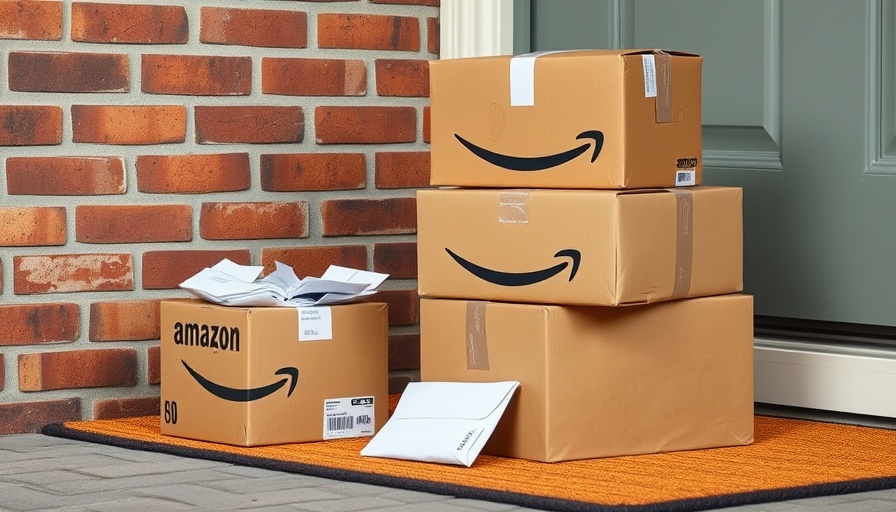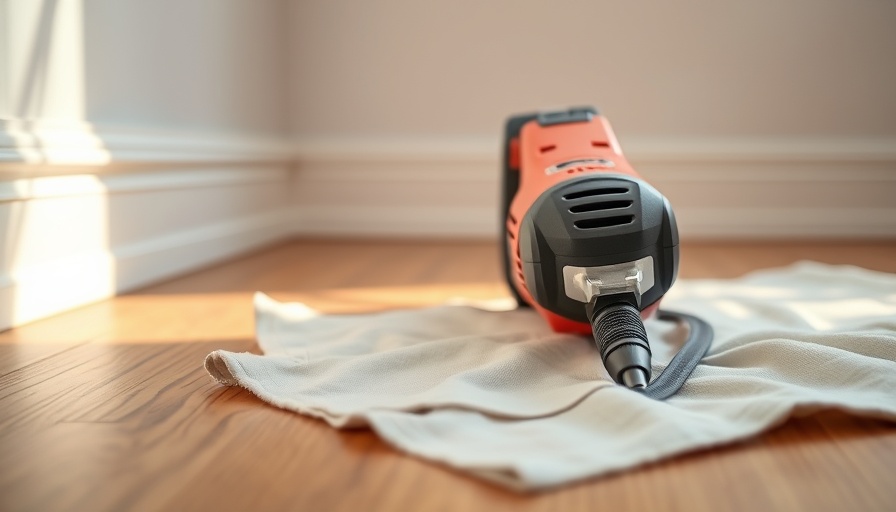
Understanding When It's Safe for Kids to Ride Up Front
As any parent knows, the day your child asks to ride in the front seat is a significant moment, symbolizing independence and growth. However, it's essential to recognize that this milestone comes with critical safety considerations. Riding in the front passenger seat can expose children to dangers that adult passengers typically face, especially the risk associated with airbag deployment. Airbags are designed for the size and weight of adults, and when they deploy, they can seriously injure a small child. Experts advise that children remain in the back seat until they are at least age 12, a guideline supported by various health and safety organizations.
The Importance of Proper Restraint Fit
It's crucial to acknowledge that age alone isn't the only factor in determining when a child can safely transition to the front seat. According to both the Centers for Disease Control and Prevention (CDC) and the National Highway Traffic Safety Administration (NHTSA), four essential steps guide this process: rear-facing car seats, forward-facing car seats, booster seats, and finally, adult seat belts. The fit of the seat belt is vital; the lap belt must fit across the thighs, not the stomach, while the shoulder belt should cross the chest safely. This proper fit typically occurs between the ages of 8 and 12, meaning many children will still benefit from using a booster seat even if they want to move to the front.
Safety Statistics and Recommendations
According to the CDC, using a booster seat can reduce the risk of serious injury by about 45% for children aged 4 to 8, compared to simply using a seat belt. Many states have recognized the value of booster seats by extending their requirements to older age groups, prompting parents to check their local laws to ensure compliance. The NHTSA's recommendations emphasize keeping children in the back seat until they surpass age 12 or 13, continuously highlighting that safety is paramount.
Navigating State Laws and Vehicle Safety Features
As safety regulations can differ from state to state, it's important for parents to understand what the laws are where they live. While some vehicles are equipped with sensors to disable airbags for lighter occupants, these systems should not replace best safety practices. Regardless of local laws, prioritizing safety by keeping children in the rear seat is a wise choice for minimizing risks during crashes.
Why the Back Seat is the Safest Spot
The back seat is statistically the safest location in a vehicle for children. Studies have shown that positioning your child in the back can significantly reduce the risk of injury during an accident. Ideally, the middle seat is even safer, as it provides the greatest distance from all potential collision points. Instilling good habits early by having children remain in the back seat until they are of appropriate size can make a considerable difference in their safety.
Making Informed Decisions for Your Child's Safety
Parents play a critical role in ensuring their children's safety in vehicles. Having open discussions, staying up-to-date on the latest recommendations, and maintaining compliance with local laws are essential steps that empower parents to make informed decisions. Consider what feels right for your family and take proactive steps to keep your child safe on the road.
Practical Tips to Enhance Safety
1. **Stay Informed:** Regularly check for updates from trusted sources like the CDC and NHTSA regarding car seat and booster seat guidelines. 2. **Use Technology Wisely:** Familiarize yourself with your vehicle’s safety features and ensure they are functioning correctly. 3. **Encourage Conversations:** Talk to your children about the importance of following safety guidelines and how they can stay safe while riding in the car.
Conclusion: Creating a Safe Environment for Your Child
By prioritizing your child's safety and adhering to the recommended guidelines, you're taking important steps to protect them. Riding in the back seat until they are adequately sized for front seat safety is crucial. Not only will it help to keep them safe, but it will also instill important lessons about safety and responsibility as they grow. If you haven’t already, consider reviewing your vehicle's safety measures today!
 Add Row
Add Row  Add
Add 




Write A Comment